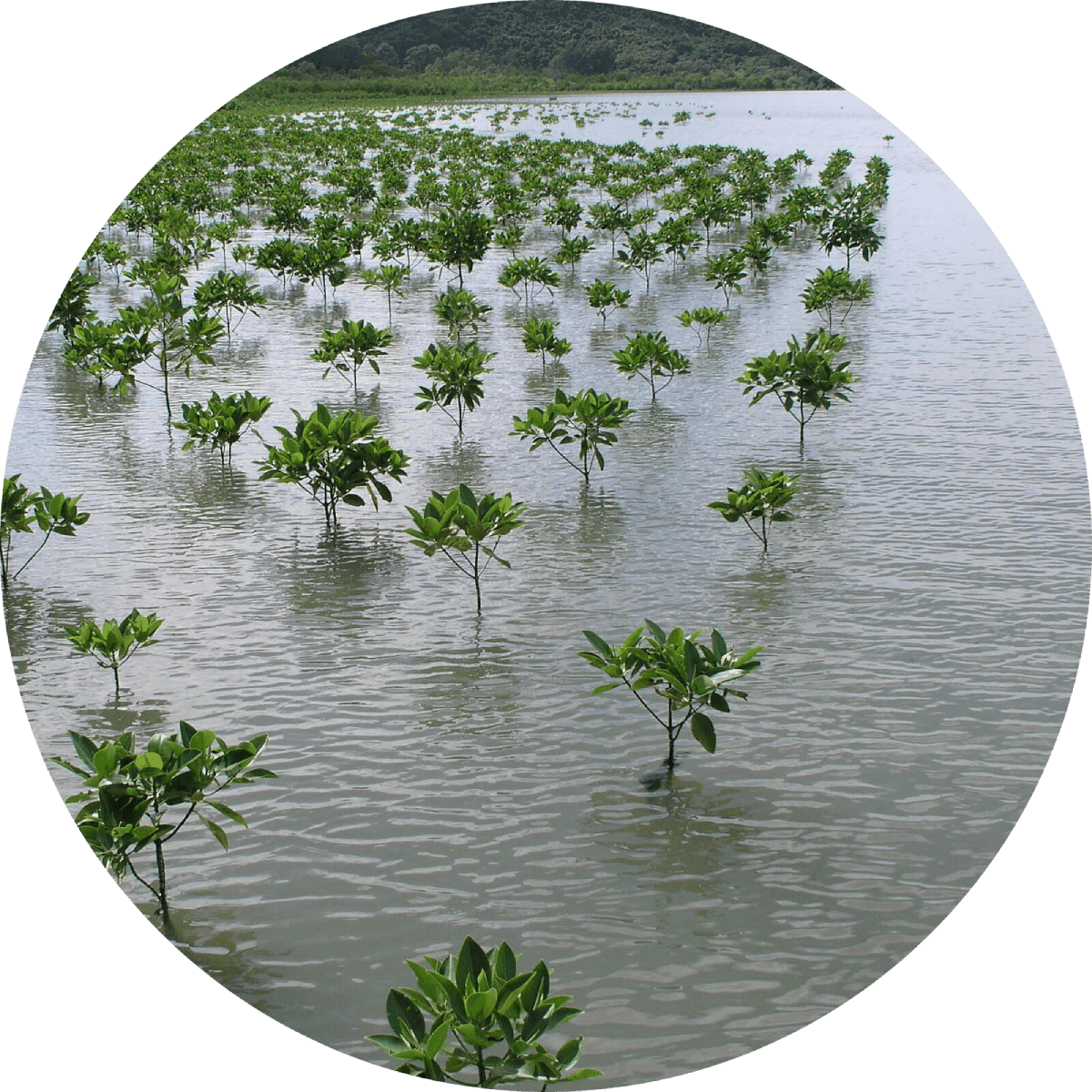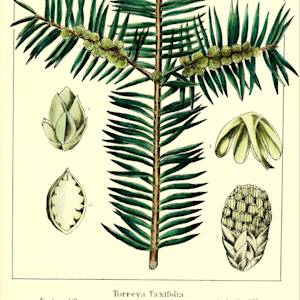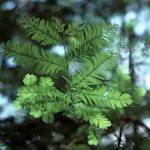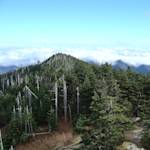Mulanje Cedar, Widdringtonia whytei
20th Century • Malawi
"The Mulanje cedar was first noted by the Scottish missionary Robert Cleland when he climbed onto the Mulanje plateau in 1888 and ‘discovered himself in another world … with here and there clumps of a tree unknown beyond the mountain’" - Julian Bayliss, Saving the Island in the Sky: the plight of the Mount Mulanje cedar Widdringtonia whytei in Malawi, 2007 As the national tree of Malawi, the Mulanje Cedar is notable for its distinct smell and fine timber. It was first commercially exploited in the late 19th century, resulting in widespread degradation of the delicate ecosystem on Mount Mulanje, where the tree grows. It is no longer legal to harvest the tree, but the species is still under threat from forest fires, invasive species, mining, and illegal logging.
Bayliss, Julian, et al. “Saving the Island in the Sky: The Plight of the Mount Mulanje Cedar Widdringtonia Whytei in Malawi.” Oryx, vol. 41, no. 1, 2007, pp. 64–69. Crossref, doi:10.1017/s0030605307001548.
Mulanje Cypress Widdringtonia whytei on Mount Mulanje, Malawi. wikimedia.


Learn about Maya Lin’s fifth and final memorial: a multi-platform science based artwork that presents an ecological history of our world - past, present, and future.

Discover ecological histories and stories of former abundance, loss, and recovery on the map of memory.

Learn how we can reduce our emissions and protect and restore species and habitats – around the world.

See how art can help us rethink the problems we face, and give us hope that each one of us can make a difference.

Help make a global memorial something personal and close to home. Share your stories of the natural world.


